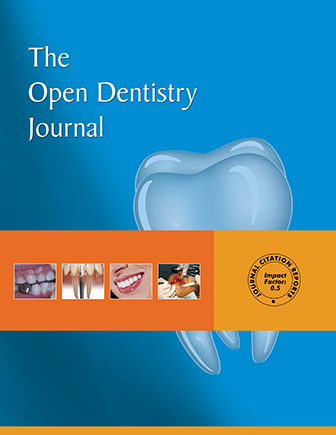All published articles of this journal are available on ScienceDirect.
The Adjunctive Use of the Erbium, Chromium: Yttrium Scandium Gallium Garnet Laser in Closed Flap Periodontal Therapy. A Retrospective Cohort Study
Abstract
Objectives:
The current periodontal literature has been inconsistent in finding an added advantage to using lasers in periodontal therapy. The aim of this study was to compare treatment outcomes following root surface instrumentation alone (NL group), or with adjunctive use of Erbium, Chromium: Yttrium Scandium Gallium Garnet (Er,Cr:YSGG) laser (L group).
Material and Methods:
Patients diagnosed with generalized chronic periodontitis, having a minimum of 1 year follow up were selected by a blinded party for inclusion in a retrospective analysis from patients treated prior to and after integration of laser in a single clinic setting. Probing depths (PD) of all sites ≥5 mm and full mouth bleeding scores were analyzed. Further analysis was carried out on the treatment outcomes of only the molar teeth and of pockets >6mm.
Results:
53 patients were included (25 NL,28 L). There was no significant difference between baseline PDs (NL=6.19mm, L=6.27mm, range 5-11mm). The mean PD after one year was 2.83mm (NL) 2.45mm (L), with the mean PD reductions being 3.35mm (NL) and 3.82mm (L) (p<0.002). The mean PD reduction for the molars were 3.32mm (NL) and 3.86mm (L) (p< 0.007), and for ≥7mm group were 4.75mm (NL) compared to 5.14mm (L) (p< 0.009). There was significantly less bleeding on probing in the laser group after one year (p<0.001)
Conclusion:
Both treatment modalities were effective in treating chronic periodontitis, but the added use of laser may have advantages, particularly in molar tooth sites and deeper pockets. Further research with RCTs is needed to test this hypothesis further.


